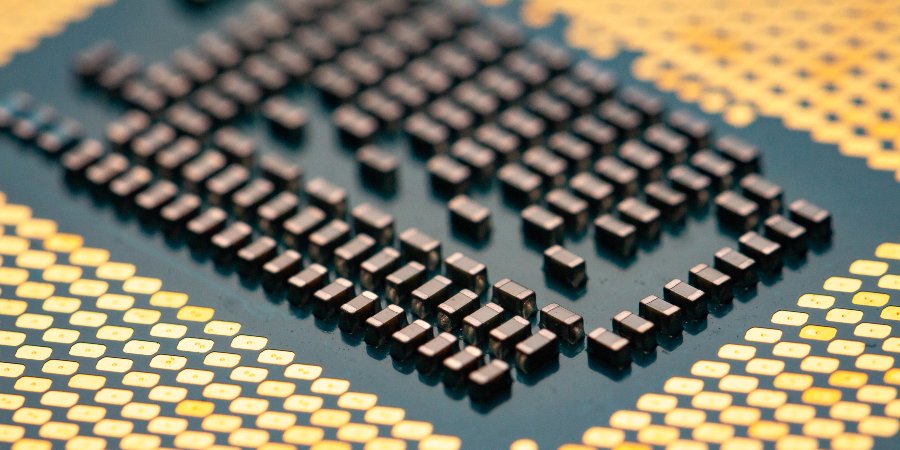Although the global semiconductor market slowed down in the second half of 2022, wherein Q4 sales decreased by approximately 7.7% compared to the previous quarter, the semiconductor industry still managed its highest-ever annual sales total at ~573 billion USD per data from the Semiconductor Industry Association (SIA).
For 2023, early projections from Statista indicate that global semiconductor sales for the year will suffer a minor decrease, with a predicted ~550 billion USD generated in total revenue. However, the long-term industry outlook remains strong, primarily driven by several significant ongoing developments in markets like Asia.
Entry of Global Players to Southeast Asia
As one of the largest semiconductor markets in the world, China is generally seen as a dominant force in Asia, but global chip manufacturers from countries like the United States are beginning to transition out of the country due to increased geopolitical tension. Three U.S.-based players that comprise 35% of the global market for chip production tools have an ongoing initiative in Southeast Asia, such as rising regional production capacity and relocation of staff from China to Singapore and Malaysia.
Such a development carries several implications that will likely translate to market trends that semiconductor players can leverage, such as the following: (1) Supply chain adjustment in the short term, with expected stabilization once operations have entirely shifted; (2) increased efforts of semiconductor players in China, who are looking to become more self-reliant in terms of production; and (3) diversified supply chain for the semiconductor industry in the long-term.
Other developments to facilitate the entry of global players to other parts of Asia include private sector frameworks created by governments that will incentivize semiconductor production.
For instance, India has created a 10 billion USD incentive package to attract global manufacturers for global chip and display production. The Indian government aims to extend financial support of potentially up to 50% for industry projects. Current proposals for the scheme include global firms from New York-based GlobalFoundries and Abu-Dhabi-led International Semiconductor Consortium (ISMC).
Similarly, the Japanese government has also created an initiative offering subsidies to semiconductor enterprises (both foreign and domestic) to increase overall production. In exchange for partial funds for capital investments related to electric vehicle chips, production equipment, and materials, the 2.8 billion USD subsidy plan will reportedly ask for a guaranteed production period of 10 years within Japan, per Nikkei Asia.
This will likely act as a framework for other governments in Asia that are also hoping to become significant semiconductor markets. Thus potential investors should remain proactive and be on the lookout for opportunities throughout Asia.
Investment Trends for Players in Asia
While a lack of consumer demand in the short term has taken a toll on the semiconductor industry, many players based in Asia have shown a willingness to maintain their investments within the region. For example, Chinese chip giant Semiconductor Manufacturing International Corp. (SMIC) recently announced that it would continue going plans related to capacity expansion and construction of new plants in Shanghai, Tianjin, and other provinces like Jincheng.
Meanwhile, cross-country collaboration is also expected to drive the regional semiconductor industry, which will help strengthen Asia's overall position in the global market.
Information from the Manila Bulletin has reported that Japanese semiconductor and electronics firms have committed to future investments in the Philippines, which is significant given that the electronics segment accounted for ~56% of the total 74 billion USD export sales generated by the country in 2021. Further, the injection of investments from Japan is expected to create an estimated 10,000 jobs. These investments will help strengthen bilateral relations between the Philippines and Japan, the overall economy, and the long-term outlook of the semiconductor industry.
Semiconductor players in Asia will face short-term challenges. Still, the market's long-term outlook remains broadly positive as players within the region continue to make investments that will help strengthindustry'sustry’s foundation for years to come.
To get insight into other potential trends for industries in Asia, subscribe to our newsletter here and check out these reports:






